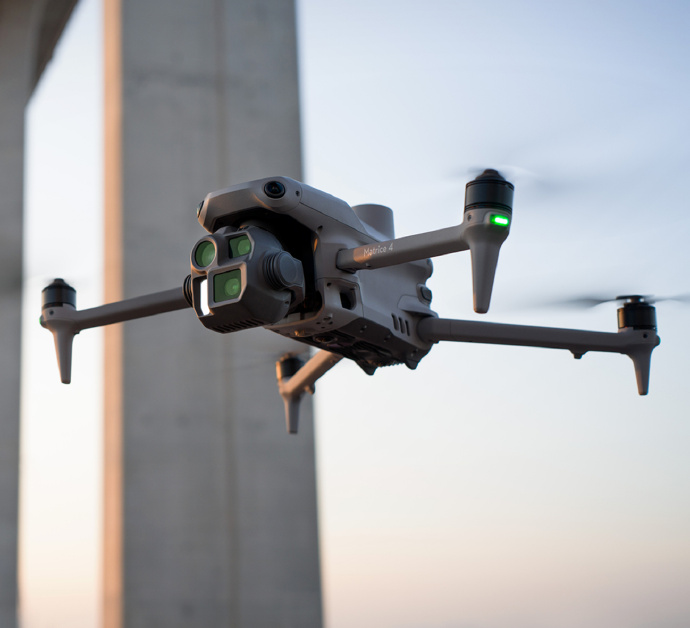Mastering Your FAA Drone License
The FAA drone license is an essential certification for aspiring drone operators who want to legally and safely navigate the skies. In an era where drones have become increasingly prominent in various fields such as photography, surveying, and even delivery services, understanding how to obtain your FAA drone license is crucial. This guide will unveil the steps, requirements, and benefits of acquiring this important certification.
Understanding the Basics
The Federal Aviation Administration (FAA) oversees all aspects of civil aviation, including the operation of drones or Unmanned Aircraft Systems (UAS). Holding a FAA drone license, officially known as a Remote Pilot Certificate, permits you to operate within the regulations that maintain the safety of all involved—from pilots to the public.
Steps to Obtain Your FAA Drone License
- Eligibility and Registration: Before flying drones under the FAA’s guidelines, you must be at least 16 years old and possess proficiency in English. Registering with the Integrated Airman Certification and Rating Application (IACRA) is your initial step.
- Pass the Aeronautical Knowledge Test: Knowledge is power in aviation. Prospective pilots must pass a test at an FAA-approved testing center. This test assesses understanding of FAA regulations, airspace classification, and weather patterns. Preparing involves studying educational resources specifically designed for drone operations.
- Apply for Your Certificate: After passing your test, you must apply for the certificate through the IACRA system, verify your identity, and await confirmation from the FAA with your Remote Pilot Certificate.

The Benefits of a Remote Pilot Certificate
Securing your FAA drone license opens doors to various opportunities. With your certificate, you can operate drones commercially, allowing you to offer services such as aerial photography or agricultural mapping. Additionally, understanding FAA regulations ensures that every flight is safe and compliant, minimizing the risk of legal issues.
FAA Compliance and Responsibilities
Once you possess your Remote Pilot Certificate, it’s vital to maintain compliance with FAA regulations. These include staying informed about airspace restrictions and ensuring your drone is in good operating condition before each flight. Regular updates to your knowledge through FAA bulletins will keep you informed about any changes in regulations, helping you to fly legally and safely.
Always check for temporary flight restrictions (TFRs) and NO FLY zones before embarking on a drone operation to ensure compliance.
Frequently Asked Questions
What happens if I fly without an FAA drone license?
Operating a drone without the appropriate FAA license can result in hefty fines and other legal actions. It’s crucial to obtain your Remote Pilot Certificate to avoid these consequences.
How often do I need to renew my FAA drone license?
The FAA requires pilots to renew their knowledge every two years by passing a recurrent knowledge test to ensure up-to-date expertise in regulations.